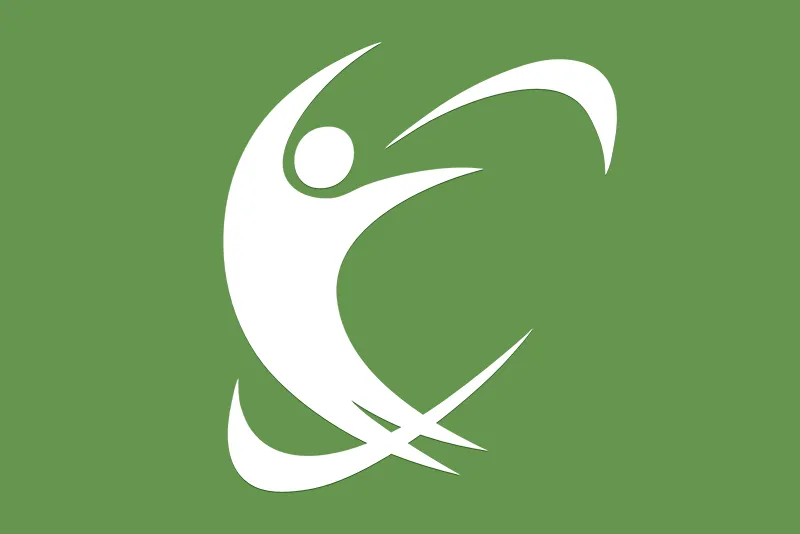The anterior cruciate ligament (ACL) is one of four ligaments in your knee that provide stability and control. Sometimes the knee is placed in a position where the ACL is compromised and can tear. If this occurs, you and your orthopedic doctor should discuss having ACL reconstruction. During ACL reconstruction the surgeon removes the torn ACL and replaces it with natural tissues. Because this surgery is significant, Abraham Shurland, MD, of Agility Orthopedics, recommends “Physical Therapy following an ACL reconstruction to assist the patient in returning to an active lifestyle.”
There are 5 main goals that Physical Therapy will try to accomplish during the rehabilitation process to return you to the field or to your previous active lifestyle:
PT Goal #1: Protect the Reconstructed ACL
Immediately after having surgery to reconstruct your ACL, the graft will be stronger than your original ACL. However, the reconstructed ACL gradually becomes weaker because of the healing properties the new ligament must go through to fully adhere to the bones it has been attached too. New blood vessels will grow and the graft materials will further develop until its strength returns and it fully matures into a strong, durable ACL. Physical Therapy will provide the tools and education you need to protect your new ACL and allow for full healing and maturation.
PT Goal #2: Reduce Inflammation and Pain
Starting on the first day after your surgery, you will be educated on the different ways to reduce the inflammation and pain that are common after such a surgical procedure. While in Physical Therapy, you will become proficient with the R.I.C.E. (Rest, Ice, Compression and Elevation) method for reducing pain and inflammation. Your Physical Therapist will also have you begin specific exercises to further assist with reducing pain levels and swelling.
PT Goal #3: Restore the Natural Range of Motion of the Knee
Your knee bends two different ways – by flexing and extending. A common complication following an ACL reconstruction is the patient loses the ability to bend or extend their knee the same as a normal knee. This loss of motion can potentially cause poor walking mechanics, decreased strength in the muscles surrounding your knee and increased risk of degenerative changes in the knee. Physical Therapy will improve your range of motion with safe exercises that protect your newly restored and healing ACL.
PT Goal #4: Strength Training and Proprioception
Early strength training after ACL reconstruction with specific exercises is crucial to prevent your lower extremity musculature from becoming weak or atrophied. While trying to protect your healing ACL graft, OSI Physical Therapists, under the direction of your orthopedic surgeon, will implement a specific protocol of exercises for your rehabilitation. Proprioception is your body’s sense of positioning in space. After most surgical procedures, proprioception needs to be re-trained so one can protect their knee and reduce the risk of re-injury.
PT Goal #5: Return to Activity Training
Once you have been issued clearance from your orthopedic surgeon, functional training can advance to get you back to your usual activities whether it is on the soccer field, basketball court or running the track. Your ACL works dynamically, to assist in stabilizing the knee joint when you perform any twisting, jumping or cutting motions. Therefore, it is important to train, when the time is right, in a manner that will mimic your sport’s functional demands.
After achieving your five goals of physical therapy, you will be given the tools to continue strengthening and training to prevent re-injuring your ACL and keep you on the field or on the court. If you want to learn more information, visit the Agility Orthopedics website at www.agilitydoctor.com. There you can find additional information including Podcasts to further your understanding.
